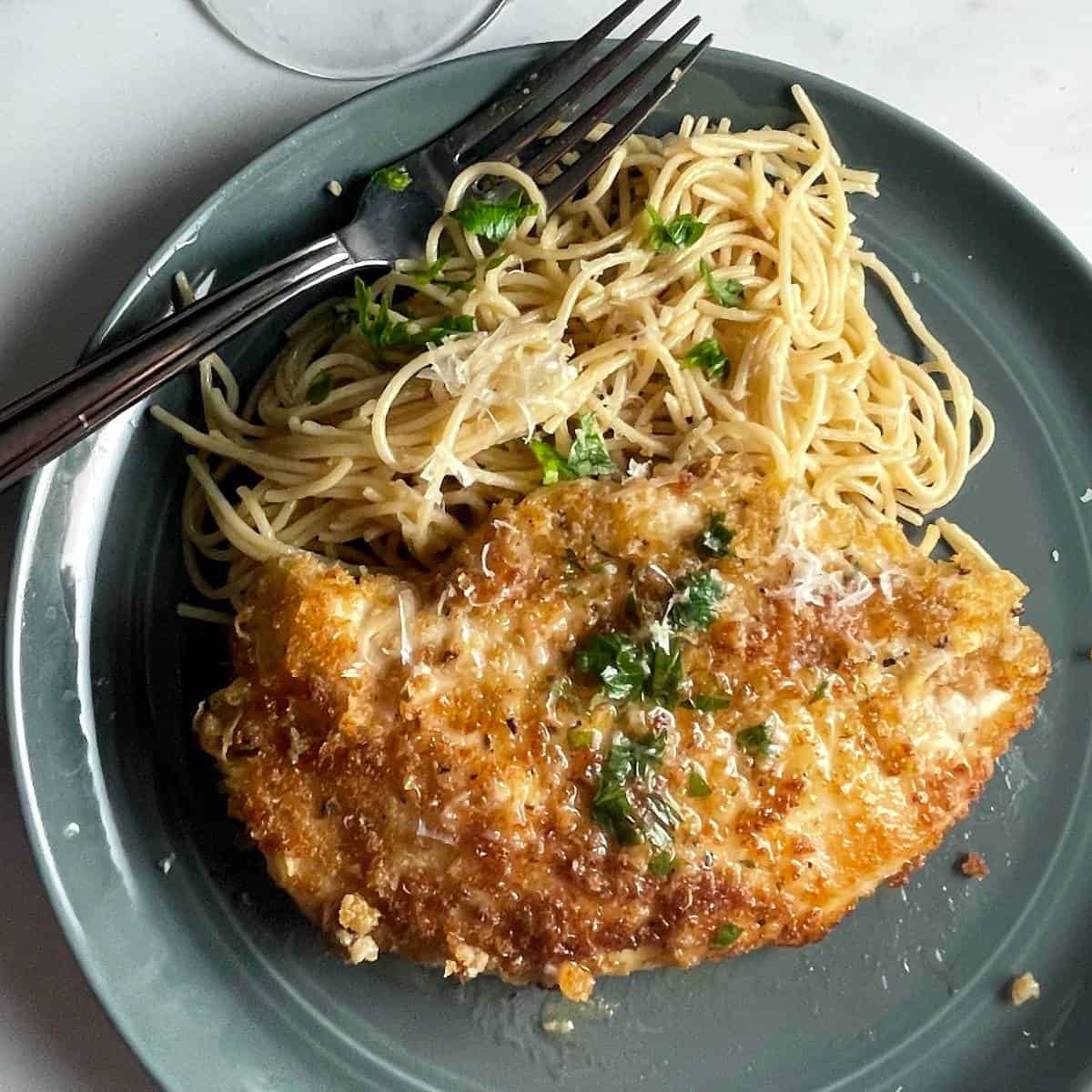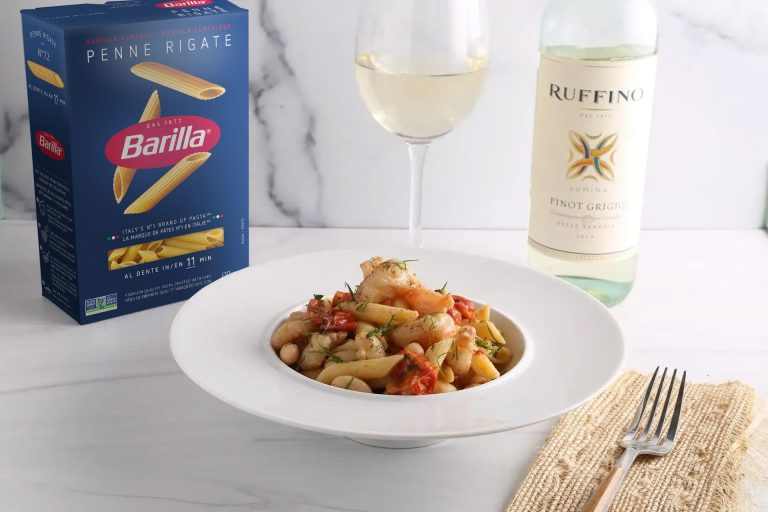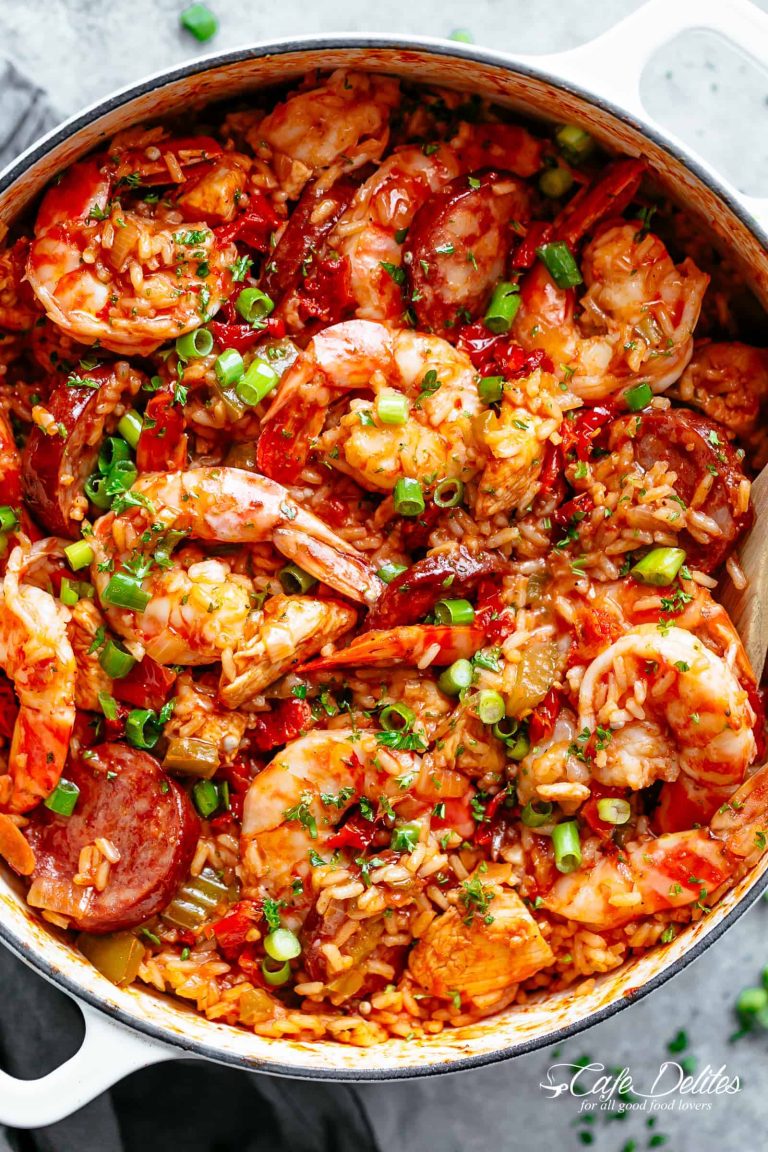Lemon Chicken Romano: Recipe, Serving Tips, and Wine Pairings
Lemon Chicken Romano represents a fusion of culinary traditions from Italy. Originating as a variation of classic Italian chicken dishes like Chicken Piccata and Chicken Francese, it emphasizes Mediterranean flavors. The incorporation of Romano cheese, which adds a nutty and tangy depth, highlights the Italian penchant for using distinctive cheeses. This combination creates a unique dish distinct from others yet rooted in Italian cooking principles.
Evolution of the Recipe Over Time
Over decades, Lemon Chicken Romano has evolved to suit various palates. Initially, the dish featured simple ingredients—chicken, lemon, and cheese. Modern interpretations often include additional elements like garlic, herbs, and various breading techniques. Some versions cater to dietary preferences by incorporating gluten-free or dairy-free options. This dynamic evolution underscores the adaptability of Lemon Chicken Romano while preserving its core essence: a delightful blend of zesty citrus and rich cheese.
Key Ingredients for Lemon Chicken Romano
Importance of Fresh Lemons
Fresh lemons elevate the dish by providing zest and juice, crucial for its distinctive citrus flavor. When used, fresh lemons offer a vibrant aroma and a brighter taste compared to bottled lemon juice. Look for firm, heavy lemons with a bright yellow color and smooth skin. Additionally, fresh lemons ensure the highest vitamin C content and natural preservatives to keep the dish fresh.
Choosing the Right Chicken
Choosing the right chicken ensures optimal taste and texture. Opt for boneless, skinless chicken breasts or thighs as they cook evenly and absorb flavors better. Free-range or organic chicken often has better flavor and texture due to their natural diets and conditions. Pound the chicken to an even thickness for uniform cooking and tender, juicy results. When possible, purchase fresh chicken rather than frozen, as freezing can affect texture and moisture content.
Role of Romano Cheese
Romano cheese enhances the dish with its robust, tangy flavor. This hard cheese, traditionally made from sheep’s milk, adds a distinct salty element that complements the lemon’s acidity. Grating the cheese directly over the chicken allows it to melt evenly, creating a rich, cohesive sauce. Opt for freshly grated Romano cheese to avoid additives and achieve a more authentic and intense flavor.
Step-by-Step Cooking Guide
Preparing the Chicken
Ensure the chicken is ready by choosing boneless, skinless varieties. Cut into even pieces if necessary for uniform cooking. Use a mallet to pound each piece to about 1/2 inch thickness, which promotes even cooking and tenderness. Season lightly with salt and pepper.
Create a breading station with three shallow dishes. Place flour in the first, beaten eggs in the second, and a mixture of bread crumbs and grated Romano cheese in the third. Coat each piece of chicken in flour, dip it in the beaten eggs, then press it into the bread crumb mixture. Ensure an even coating by pressing crumbs firmly onto the chicken.
Making the Lemon Sauce
Combine freshly squeezed lemon juice, chicken broth, and minced garlic in a small bowl. Use fresh lemons for vibrant flavor and high vitamin C content. Heat olive oil in a pan over medium heat. Add the garlic and sauté until fragrant, around 1 minute.
Pour in the lemon juice and chicken broth mixture. Bring to a simmer and cook for 3-4 minutes to blend the flavors. Adjust seasoning with salt and black pepper. For a richer consistency, add 1-2 tablespoons of butter, stirring until melted and incorporated.
Final Assembly and Baking
Preheat the oven to 350°F (175°C). Arrange the breaded chicken pieces in a single layer in a baking dish. Pour the lemon sauce evenly over the chicken, ensuring all pieces are covered.
Sprinkle extra Romano cheese on top of the chicken for added flavor. Cover the dish with aluminum foil and bake for 25-30 minutes. Remove the foil and bake for an additional 10 minutes to allow the top to crisp and brown slightly. Check that the internal temperature of the chicken reaches 165°F (74°C).
Allow the dish to rest for a few minutes before serving, letting the flavors meld and the sauce thicken. Serve with sides like pasta or a salad to complement the tangy and savory flavors of the Lemon Chicken Romano.
Nutritional Information
Caloric Content Breakdown
Lemon Chicken Romano offers a balanced calorie distribution among proteins, fats, and carbohydrates. A typical serving size of 1 piece (approximately 150 grams) can contain around 320 calories. The breakdown includes:
- Proteins (chicken and cheese): 25 grams, providing roughly 100 calories.
- Fats (oil and cheese): 18 grams, contributing about 162 calories.
- Carbohydrates (breading): 15 grams, equating to approximately 58 calories.
This data serves as a general guide; exact values might vary depending on ingredient brands and preparation methods.
Health Benefits of Key Ingredients
Lemon Chicken Romano leverages nutritious ingredients to offer health benefits:
- Lemons: Rich in Vitamin C, lemons boost the immune system and provide antioxidants. They also enhance digestion and improve skin health.
- Chicken: A great source of lean protein, chicken supports muscle growth and repair. It supplies essential amino acids and contributes to overall body health.
- Romano Cheese: Provides calcium and phosphorus, essential for bone health. It also contains riboflavin, which aids in energy production.
- Garlic: Known for its anti-inflammatory and immune-boosting properties, garlic improves heart health by reducing blood pressure and cholesterol levels.
- Herbs: Including rosemary and thyme, these herbs offer vitamins A and C and possess antibacterial and anti-inflammatory qualities.
Together, these ingredients contribute to a nutritious, flavorful dish while promoting health and wellness.
Serving and Pairing Suggestions
Best Side Dishes
Complement Lemon Chicken Romano with sides that balance and enhance its flavors. Roasted vegetables (such as Brussels sprouts, carrots, and bell peppers) add texture and earthy tones. A simple Caesar salad, with its crisp lettuce and tangy dressing, offers a refreshing contrast. Garlic mashed potatoes provide a creamy, savory base that pairs well with the dish’s citrus and cheese notes. Additionally, a light buttered pasta, perhaps with a hint of garlic and herbs, absorbs the lemony sauce while contributing subtle richness. For a healthy option, consider a quinoa salad with cherry tomatoes, cucumbers, and a lemon vinaigrette, tying in the citrus theme.
Wine Pairings with Lemon Chicken Romano
Pair Lemon Chicken Romano with wines that complement its bright, zesty flavors. A Sauvignon Blanc, known for its crisp acidity and hints of citrus, enhances the dish’s lemon notes. Chardonnay, especially unoaked versions, offers a balanced backdrop with its subtle fruitiness and moderate acidity. If you prefer red wine, opt for a light-bodied Pinot Noir, whose delicate berry flavors and gentle tannins won’t overpower the dish. Prosecco, with its sparkling and slightly sweet profile, provides a festive touch while balancing the savory cheese and lemon components.
Conclusion
Lemon Chicken Romano offers a delightful fusion of citrusy zest and rich Italian flavors, making it a standout dish for any occasion. Its versatility in pairing with various side dishes and wines ensures a well-rounded meal that can satisfy diverse palates. By incorporating fresh ingredients and thoughtful preparation, you can create a nutritious and flavorful dish that not only pleases the taste buds but also supports overall wellness. Whether you’re hosting a dinner party or enjoying a quiet meal at home, Lemon Chicken Romano is sure to impress and become a favorite in your culinary repertoire.






